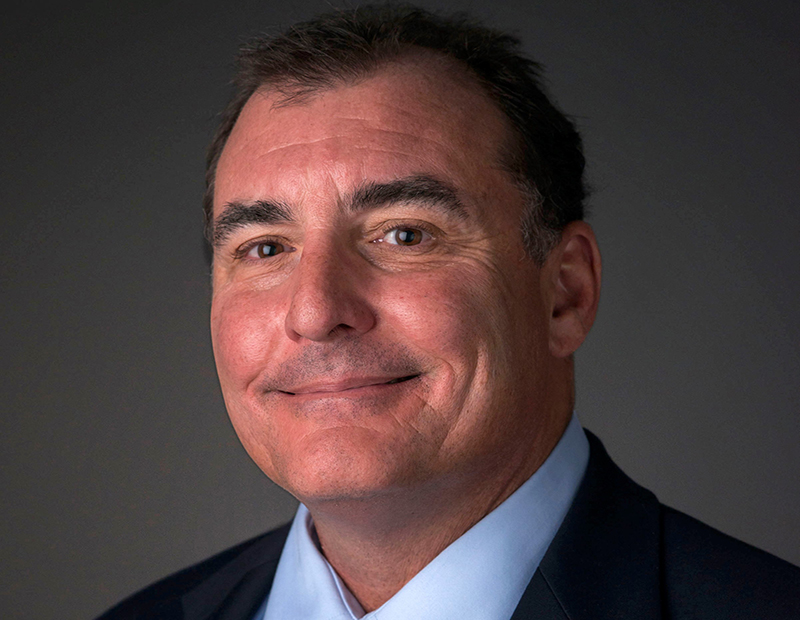What Makes Secondary Self Storage Markets Appealing
CBRE’s Curt McCall discusses the increasing appetite for emerging self storage markets and outlines the main trends that investors and developers should keep an eye on.
In the past year, the self storage sector was characterized by a high level of development activity. Due to substantial population and job growth, markets like as Portland and Nashville added new product steadily throughout 2018. However, metros in Texas—including San Antonio and Houston—are saturated and need to limit their new supply pipeline. These examples show that self storage markets are highly diversified, with economic and demographic trends distinctively impacting them.
Commercial Property Executive reached out to Curt McCall, director of CBRE’s self storage specialty practice for Valuation and Advisory Services. He detailed the characteristics of emerging secondary markets and shared his insights on the sector’s prospects.
What makes a secondary market attractive?
McCall: I believe it still gets back to fundamentals. Self storage remains micro-oriented with demand generators concentrated in an immediate trade area. From an overall market standpoint, it is important to analyze the longer-term prospects of the area. Moreover, it is important to look at how diversified the economy is, what is the employment base, demographic trends, relationship of owner versus rental units and the overall saturation level of existing product. Other factors include assessing the development climate, whether governments encourage or discourage growth and the availability of land.
We are seeing steady growth across the board in secondary markets, especially those markets with a growing residential and diversified employment base.
How do secondary- and primary-market facilities differ?
McCall: New construction in primary markets is almost exclusively multi-story product given the scarcity of land, prevailing underlying land prices and the need to maximize site utility. In secondary markets, we are seeing a mixture of multi-story and traditional drive-up products. Overall, I believe that most people still prefer drive-up and climate-controlled units and secondary markets tend to have enough land available for this product type.
Which markets are facing the risk of becoming oversupplied in 2019?
McCall: I would say that the primary markets are near or at an overbuilt state—except for small micro pockets. This is evident by a softening of rental rates, slower absorptions and static to slipping occupancy rates. Some cities are already addressing the issue with moratoriums on new facilities, but the amount of space in lease-up and under construction will only continue the downward pressure that currently exists.
I have seen statistics that there are between 800 and 1,000 facilities in the pipeline currently nationwide. Most are proposed or planned, but it is likely that only 25-40 percent will ever be built. Rising construction costs, land cost and flattening of rental growth, coupled with lenders beginning to tighten underwriting positions, are making it tougher for even the most experienced developers.
With that said, many of the same issues that are restricting new development, may also help the market remain in balance moving forward. Demand for existing facilities should continue to be strong given the scarcity of product available for sale.
When is it likely that the national self storage market will reach balance in terms of supply and demand?
McCall: We have witnessed the early signs of a softening market over the past few years. Although the fundamentals are still good, we are seeing a slowing of rental rate growth and stable to slightly softening occupancy levels. For example, REITs reported increases of four to six percent in 2018, but are forecasting more modest growth ranges of two to three percent in 2019. This suggests that many markets are already in balance in terms of supply and demand, with stable conditions anticipated in the near term.
What are your predictions regarding the future of self storage investment?
McCall: Overall, I believe the fundamentals for the self storage sector are still in balance, although we may be in for a modest correction in many primary markets over the near term as evident by flat to declining rental rates as a defense to stimulate occupancy. Secondary markets tend to lag behind the primary markets and should continue to maintain stable growth conditions over the same time frame.
Over a longer term, the diversified income stream and the overall consumer appetite for self storage space should continue to support investment appeal over a longer horizon.








You must be logged in to post a comment.